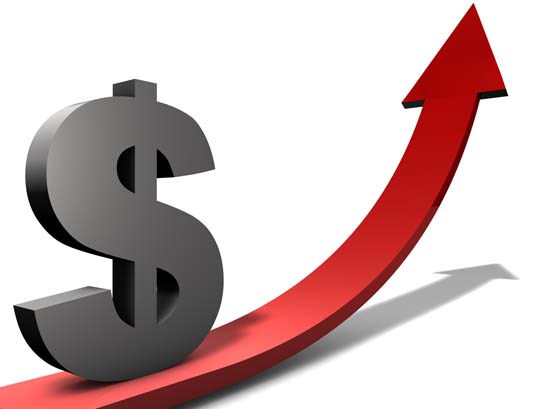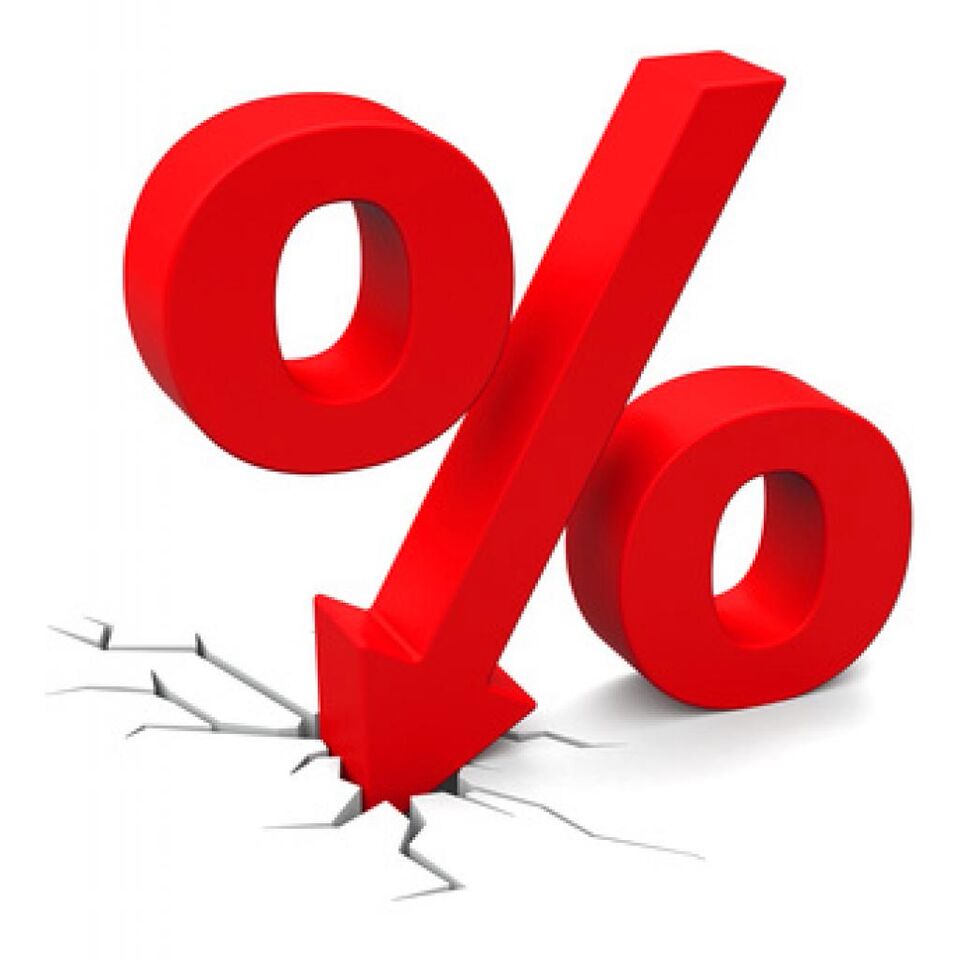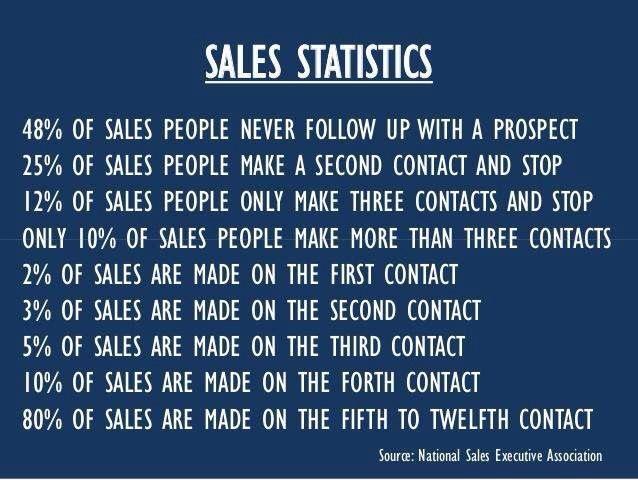Published Date : February 17, 2016
Categories : CRM, Key Performance Indicators
KPIs in Sales matter not less than in any other field of business activity. Measuring and analyzing the right Key Performance Indicators is very important if you want to succeed, because they indicate how a business or team is performing against its goals. With this information you can make decisions and plan further actions. If you haven’t read the previous articles on KPIs, let me provide a definition, given by one of the famous best-selling business author, Bernard Marr.
“In simple terms a KPI is a way of measuring how well we as individuals or how well entire companies or business units are performing. KPI is short for Key Performance Indicator. A KPI should help us understand how well a company, business unit or individual is performing compared to their strategic goals and objectives.”In this article we are going to observe what KPIs are considerable and need to be measured in the Sales Department, what KPIs in Sales you need to measure and analyze. To reveal what KPIs in Sales matter most, first of all, let’s define that sales department is the division of a business that is responsible for selling products or services. In some small companies there is only a sales team, not a whole department.
 Lead Flow.
This KPI essentially needs to be measured by all sales departments as it shows the quantity of people that are interested in the productservice. This indicator needs to be measured each month/quarter/half-year/year. Another criteria is where these leads came from. For example, how many of them came from social media, or by referral, newspaper or other channels. This way you can analyze and decide what channel is providing you more leads and focus on it.
Extra: If you need the detailed analysis of leads, you can also track how many leads converted to customers and which channel brings more customers. It is obvious that more leads = more customers, but if you want to emphasize on the leads tracking, you will definitely need this information. This will be another KPI in sales, it is called Lead-to-Customer Conversion Rate. It is measured in percents. Calculation is simple: the number of new customers divided by the number of qualified leads. This way you will know the rate at which your leads become customers and analyze what actions you need to perform improve your lead-to-sale conversion rate.
What is a qualified lead? A qualified lead is more than just contact details. It includes further information on the person or the company they represent, information that qualifies them for a certain product.
Lead Flow.
This KPI essentially needs to be measured by all sales departments as it shows the quantity of people that are interested in the productservice. This indicator needs to be measured each month/quarter/half-year/year. Another criteria is where these leads came from. For example, how many of them came from social media, or by referral, newspaper or other channels. This way you can analyze and decide what channel is providing you more leads and focus on it.
Extra: If you need the detailed analysis of leads, you can also track how many leads converted to customers and which channel brings more customers. It is obvious that more leads = more customers, but if you want to emphasize on the leads tracking, you will definitely need this information. This will be another KPI in sales, it is called Lead-to-Customer Conversion Rate. It is measured in percents. Calculation is simple: the number of new customers divided by the number of qualified leads. This way you will know the rate at which your leads become customers and analyze what actions you need to perform improve your lead-to-sale conversion rate.
What is a qualified lead? A qualified lead is more than just contact details. It includes further information on the person or the company they represent, information that qualifies them for a certain product.
 Customer/Sales Flow.
Similar to Leads Flow this KPI shows how many customers the firm has gained during the current month/quarter/half-year/year. It helps you evaluate company’s success, as one of the biggest goals of every firm is maximizing income which can be achieved by increasing the number of customers/sales.
Customer/Sales Flow.
Similar to Leads Flow this KPI shows how many customers the firm has gained during the current month/quarter/half-year/year. It helps you evaluate company’s success, as one of the biggest goals of every firm is maximizing income which can be achieved by increasing the number of customers/sales.
 Cost per lead
Also called CPL. Every action you commit in order to attract new leads has its cost. It can be, for example, the cost of the landing page web design, social media advertisement or TV commercial. You can calculate the cost per lead performance indicator by summing up all your monthly (or any other period needed) marketing and advertising expenses and divide them by the number of monthly new leads. Don’t forget to include the salary of your marketing workers (according to the appropriate period of work). The lower is the indicator - the better is your current situation.
Extra: Again, if you need more detailed information, you will need to measure another key performance indicator - Cost Per Conversion. Just as CPL it indicates everything you spend to convert lead to sale. It will be much higher than the previous KPI.
Calculation: Sum of all your monthly marketing costs divided by the number of monthly new customers or sales.
Here, you can measure the Average Conversion Time KPI, in addition. How much time it took for a lead to become a customer.
Customer turnover rate
Customer turnover rate stands for how many of your customers refused to use your product/service. Also called as churn rate. Company should analyze the reasons why customers quit using their services. Was it because of the high price, bad customer service or a greater deal from your competitor.
Calculation: Number of customers that left / Total number of customers * 100%
Cost per lead
Also called CPL. Every action you commit in order to attract new leads has its cost. It can be, for example, the cost of the landing page web design, social media advertisement or TV commercial. You can calculate the cost per lead performance indicator by summing up all your monthly (or any other period needed) marketing and advertising expenses and divide them by the number of monthly new leads. Don’t forget to include the salary of your marketing workers (according to the appropriate period of work). The lower is the indicator - the better is your current situation.
Extra: Again, if you need more detailed information, you will need to measure another key performance indicator - Cost Per Conversion. Just as CPL it indicates everything you spend to convert lead to sale. It will be much higher than the previous KPI.
Calculation: Sum of all your monthly marketing costs divided by the number of monthly new customers or sales.
Here, you can measure the Average Conversion Time KPI, in addition. How much time it took for a lead to become a customer.
Customer turnover rate
Customer turnover rate stands for how many of your customers refused to use your product/service. Also called as churn rate. Company should analyze the reasons why customers quit using their services. Was it because of the high price, bad customer service or a greater deal from your competitor.
Calculation: Number of customers that left / Total number of customers * 100%
 Sales volume
Sales performed can be measured by a specific period of time, for example: year. half-year. quarter, month, week, day. This is the most informative key performance indicator for the sales department. Analyzing this indicator we can reveal answers to important questions as “How to improve sales results” or “How to increase sales”. By looking through the growth/recession of sales during the specific period of time we can find out what actions, made by us led to the growth or downturn of the sales volume.
In conclution, here are some interesting and motivational statistics that may help sales managers:
Sales volume
Sales performed can be measured by a specific period of time, for example: year. half-year. quarter, month, week, day. This is the most informative key performance indicator for the sales department. Analyzing this indicator we can reveal answers to important questions as “How to improve sales results” or “How to increase sales”. By looking through the growth/recession of sales during the specific period of time we can find out what actions, made by us led to the growth or downturn of the sales volume.
In conclution, here are some interesting and motivational statistics that may help sales managers:
 Think about that, good luck in your business!
Image credentials: http://www.hoopla.biz/#!motivation-station/c1g4s
https://www.nasp.com/
Think about that, good luck in your business!
Image credentials: http://www.hoopla.biz/#!motivation-station/c1g4s
https://www.nasp.com/